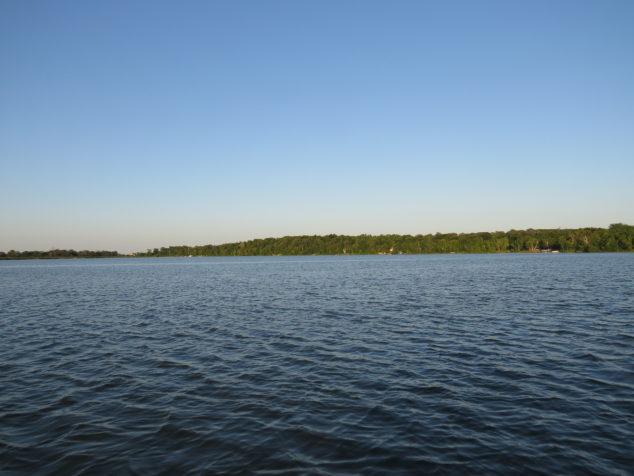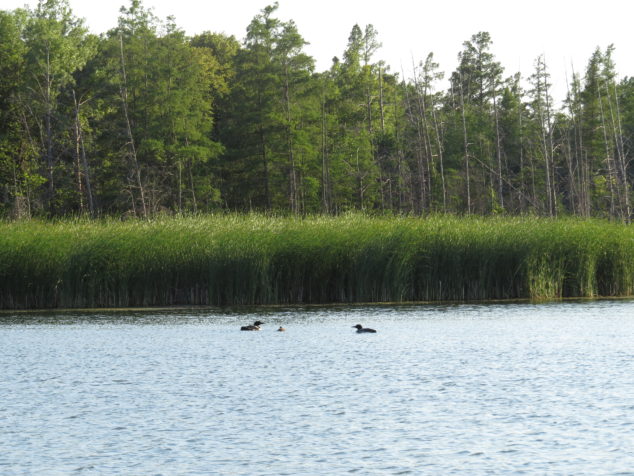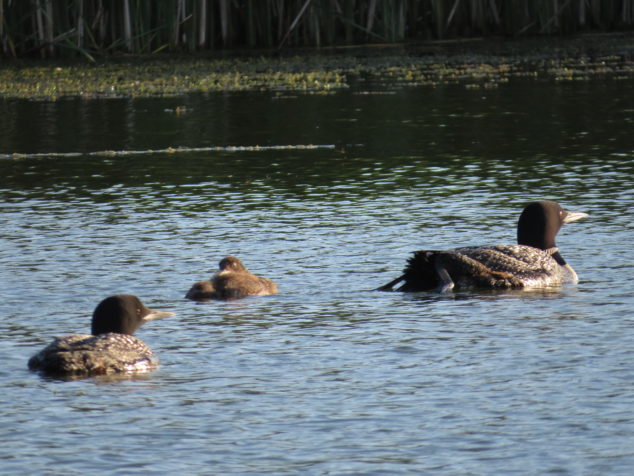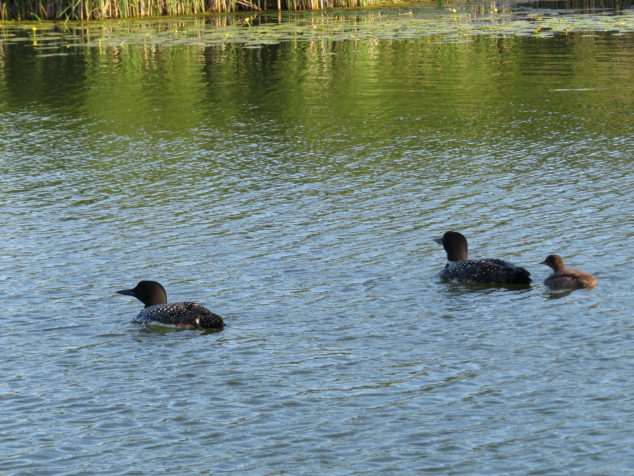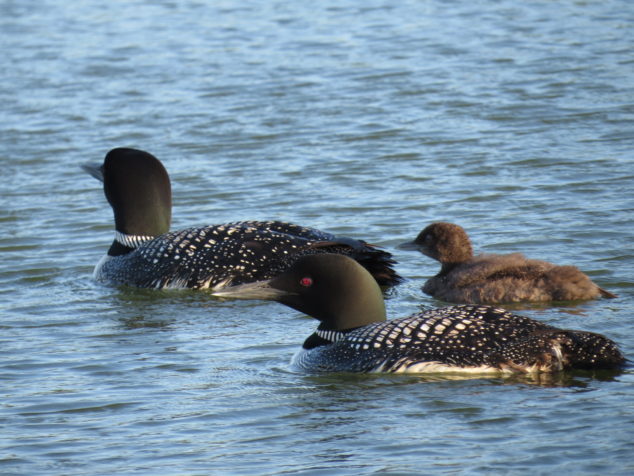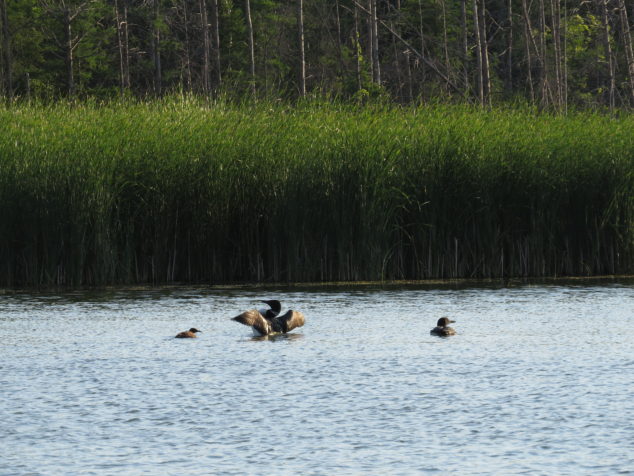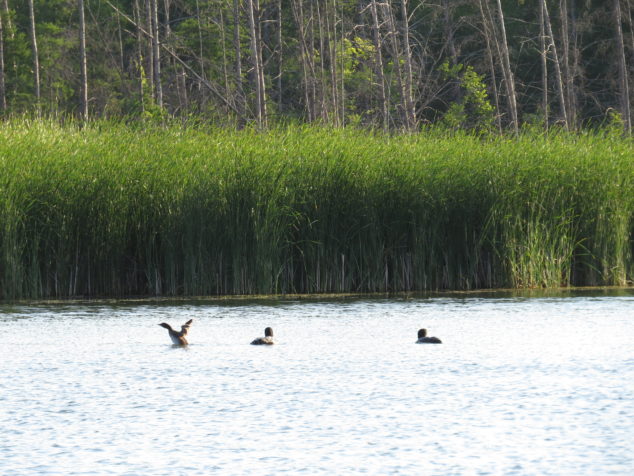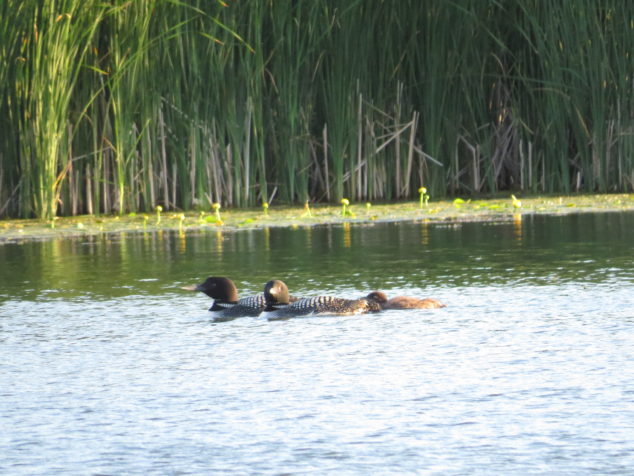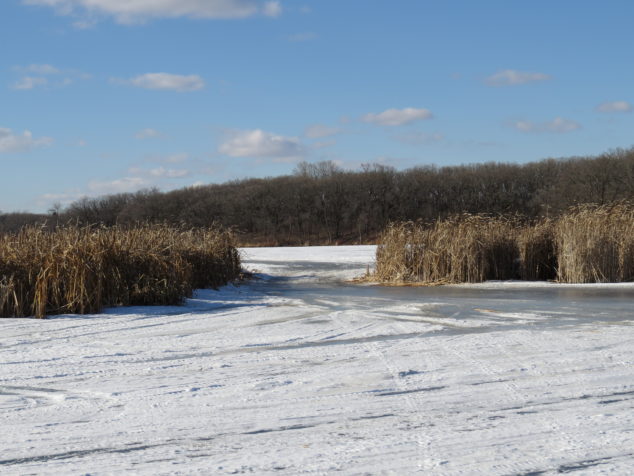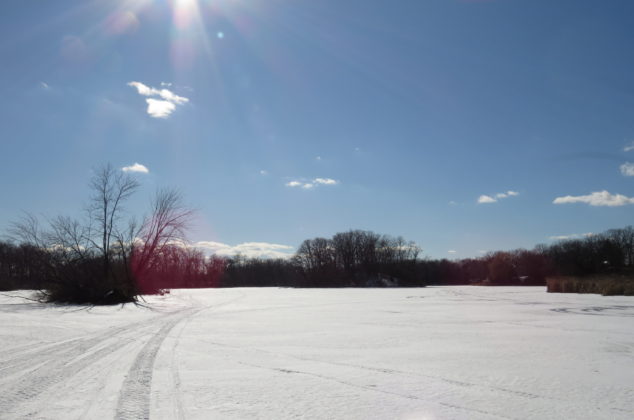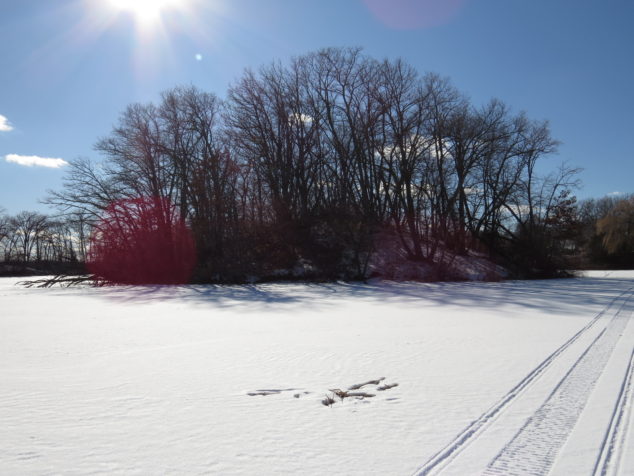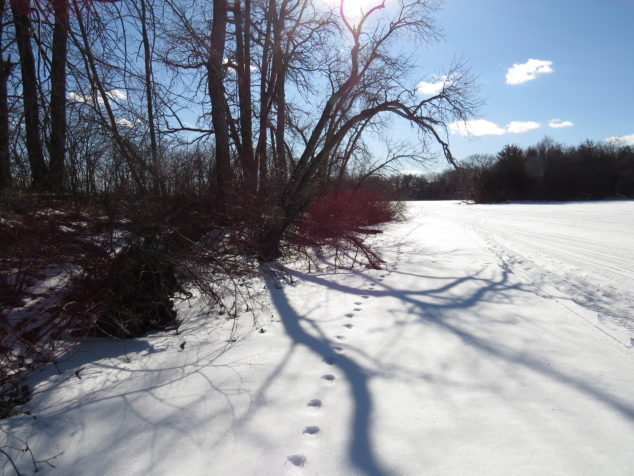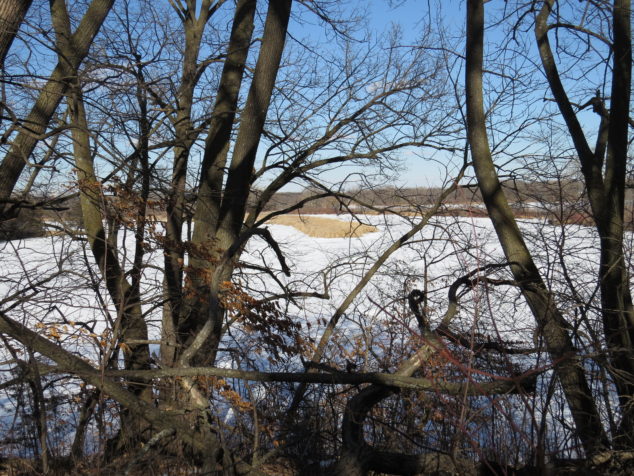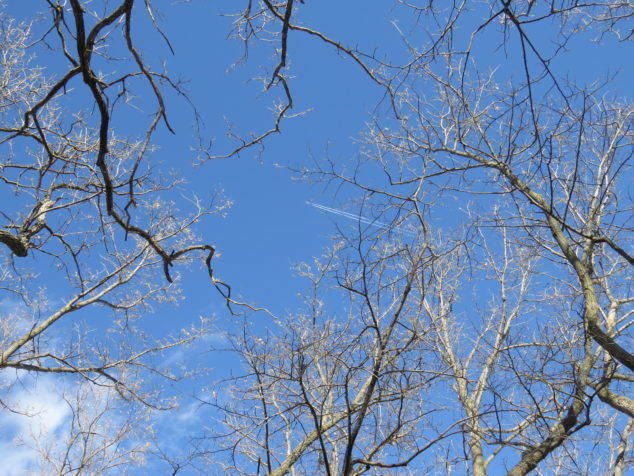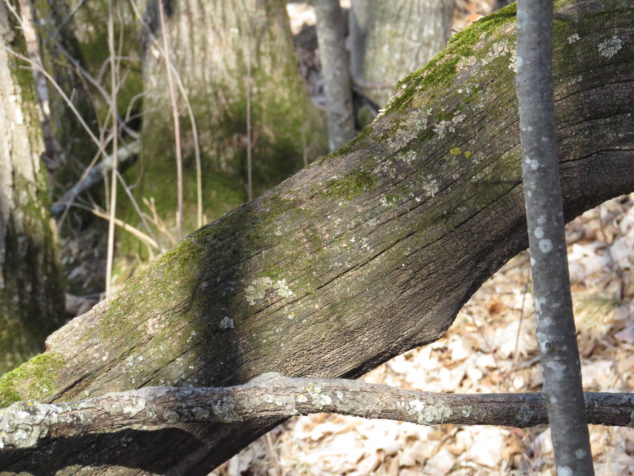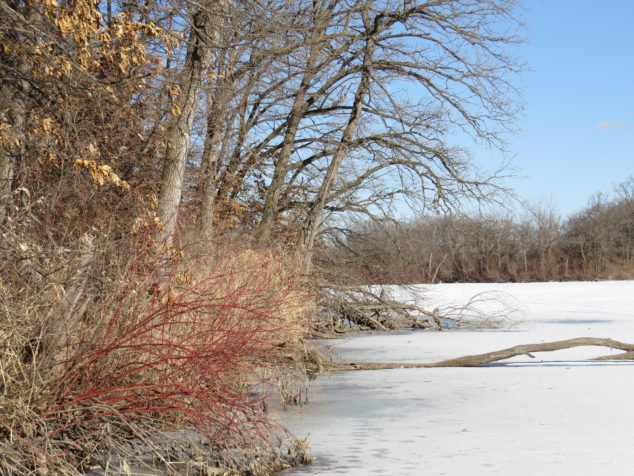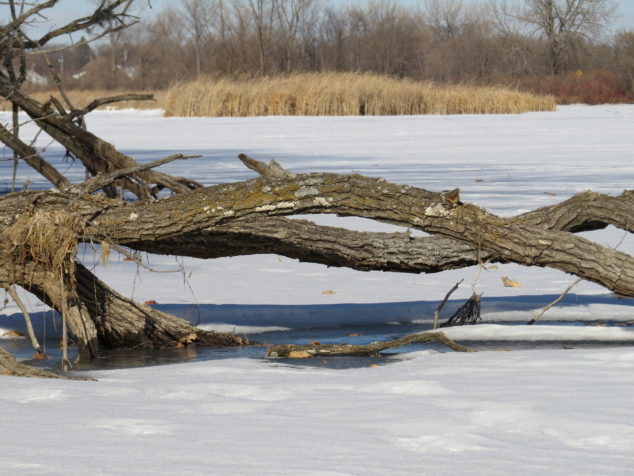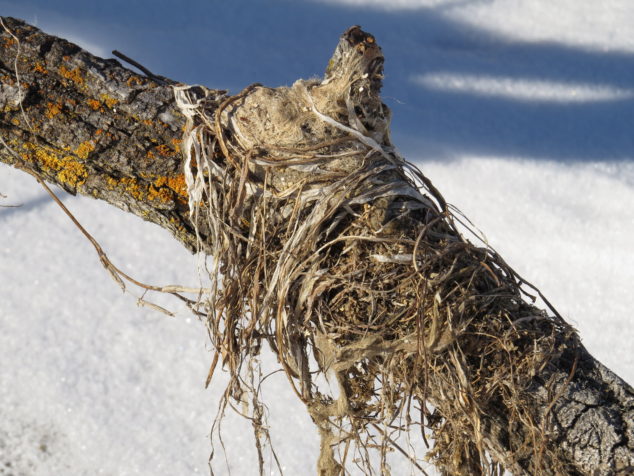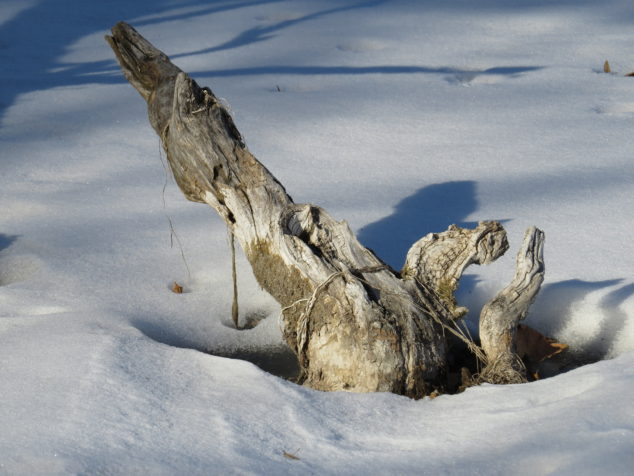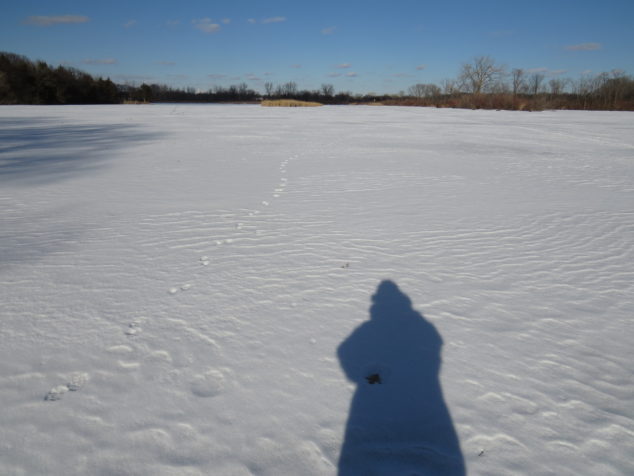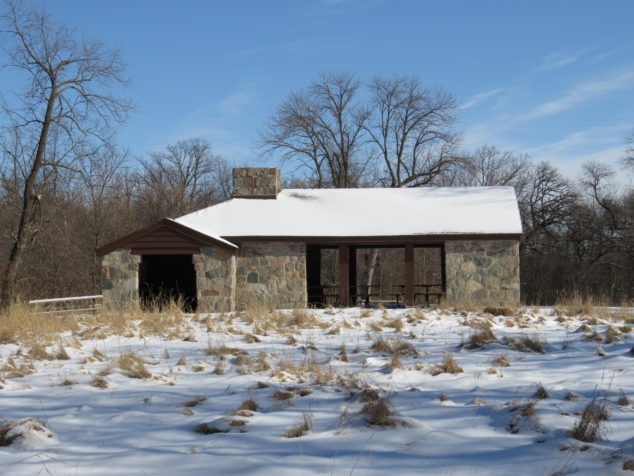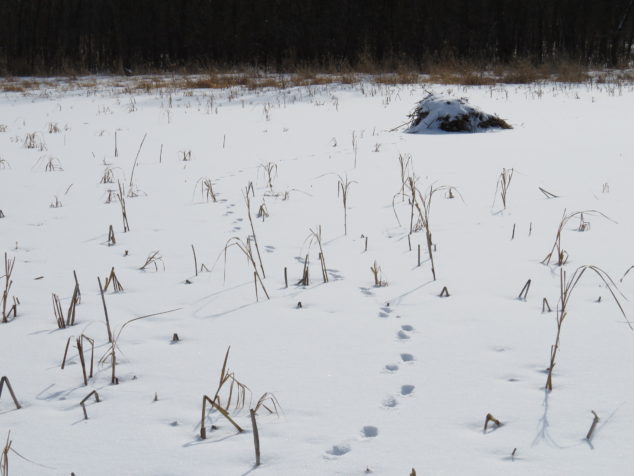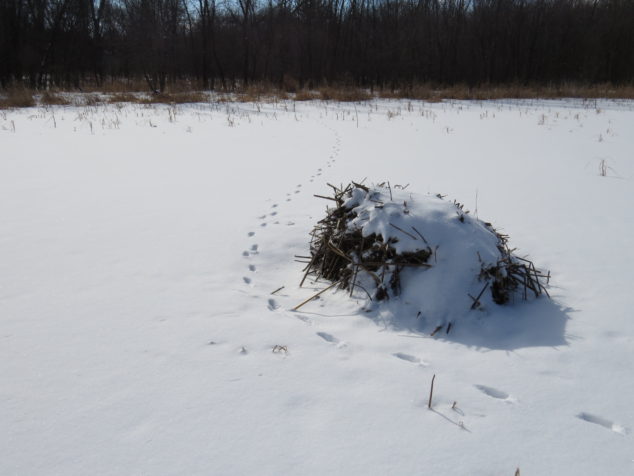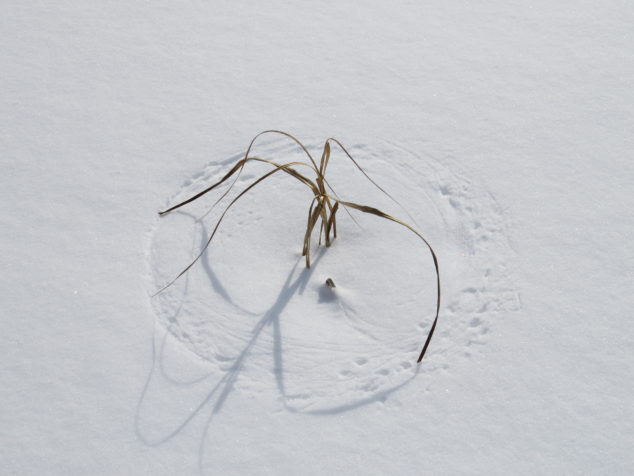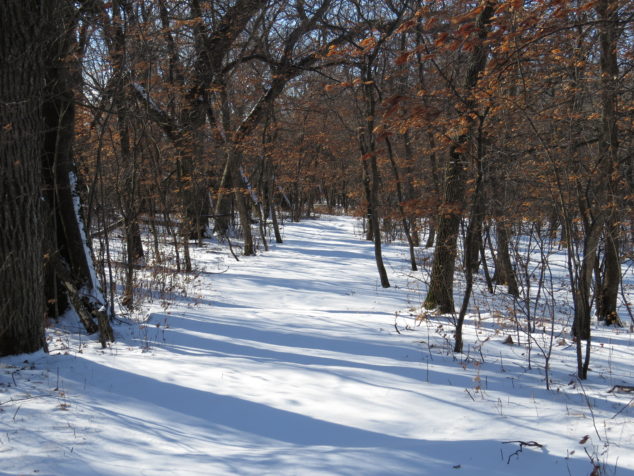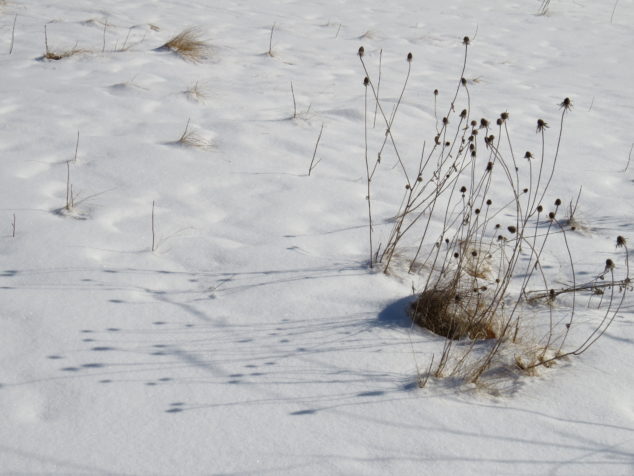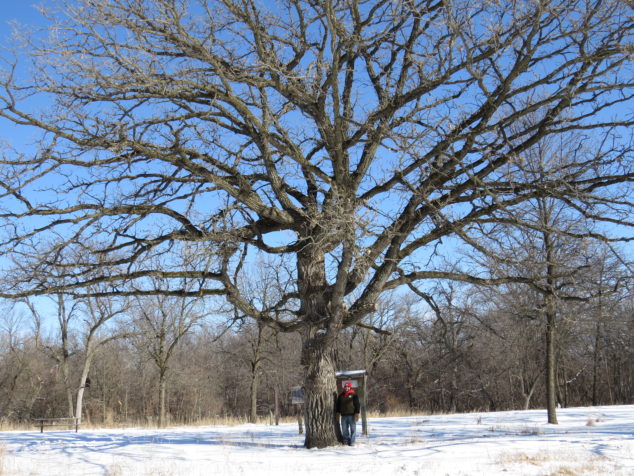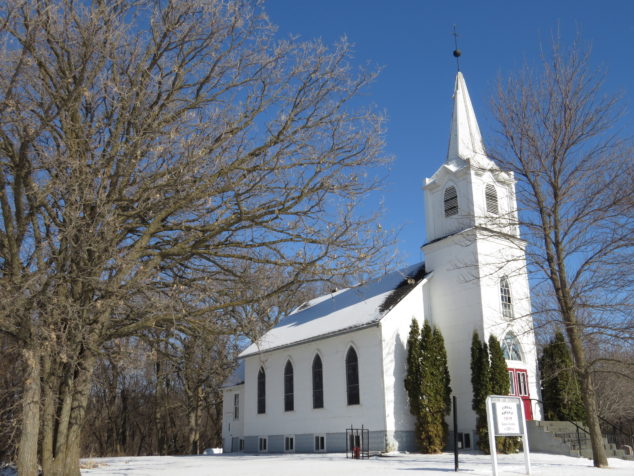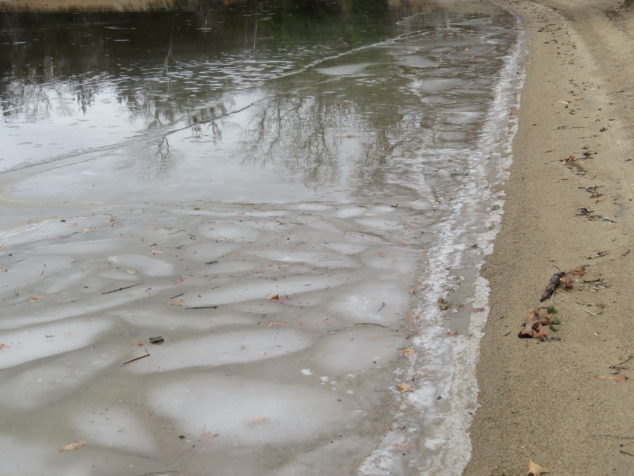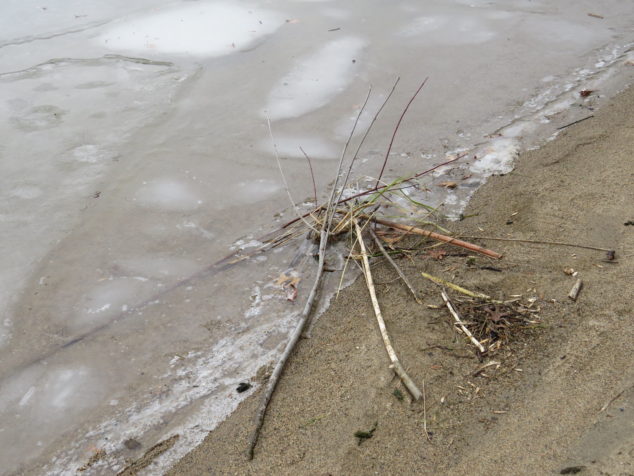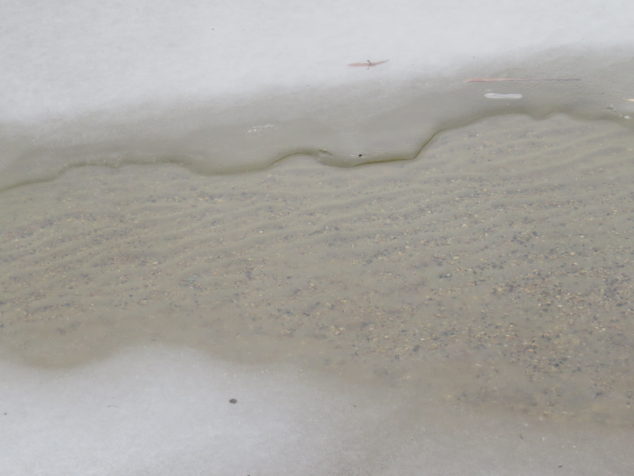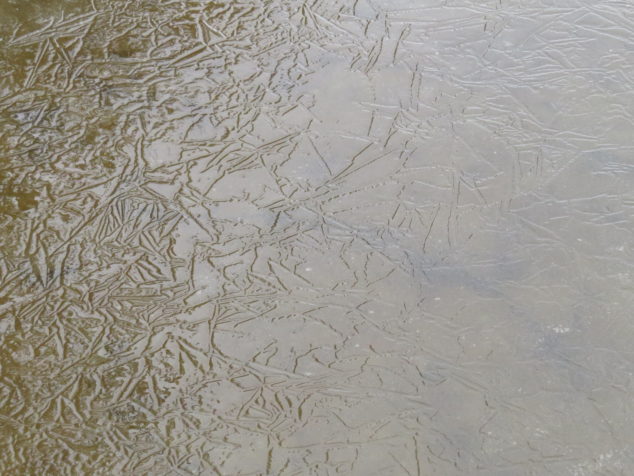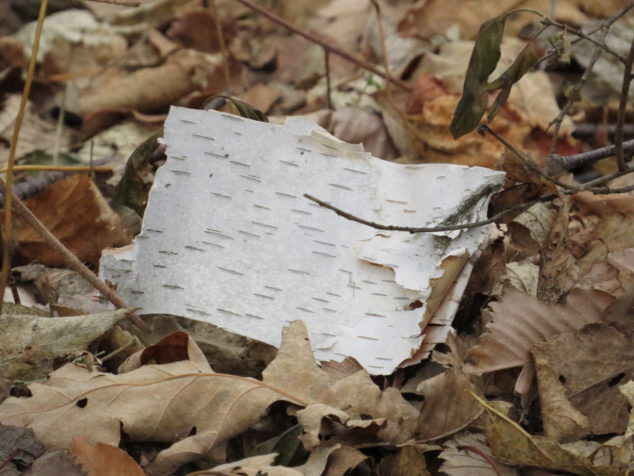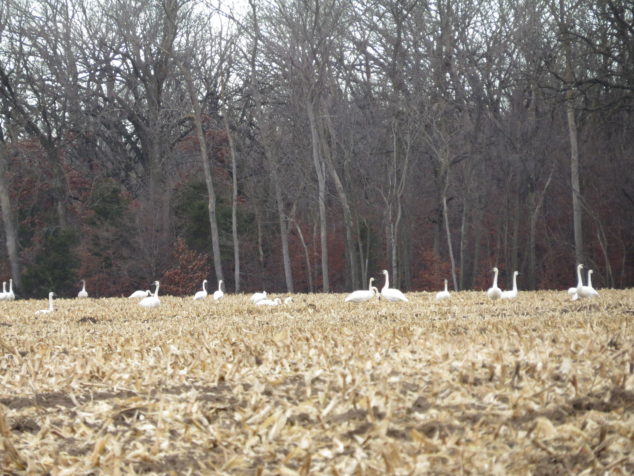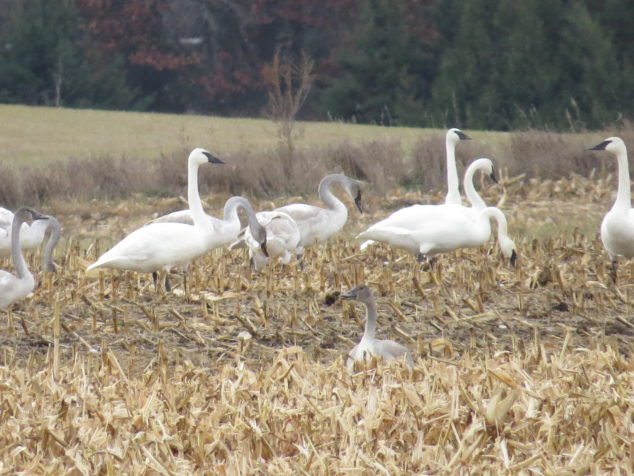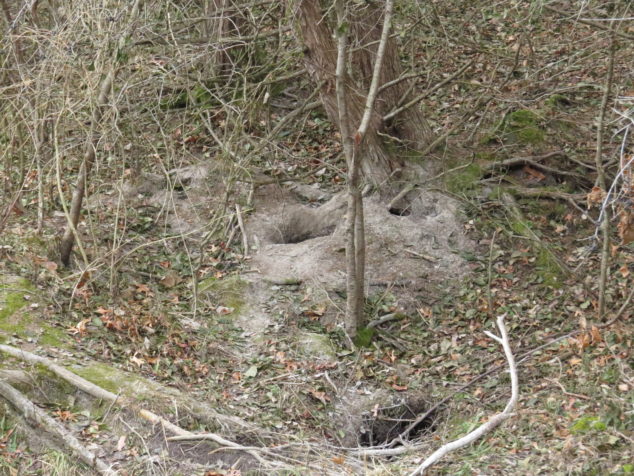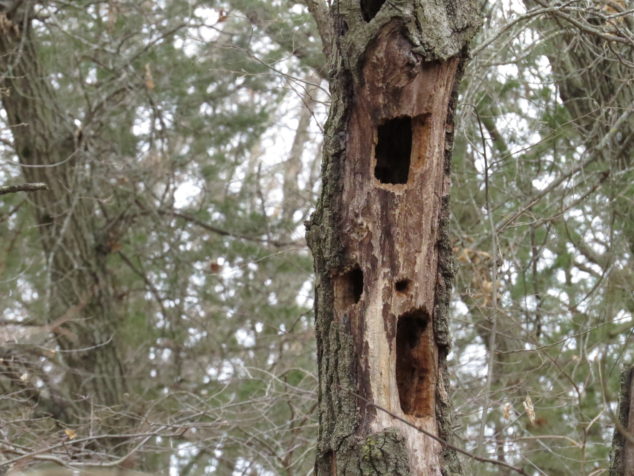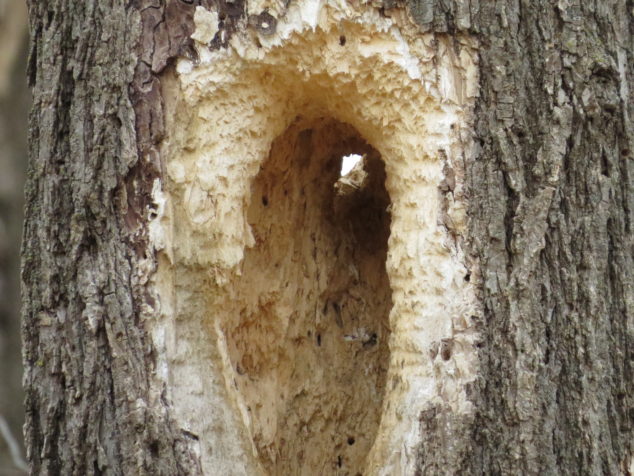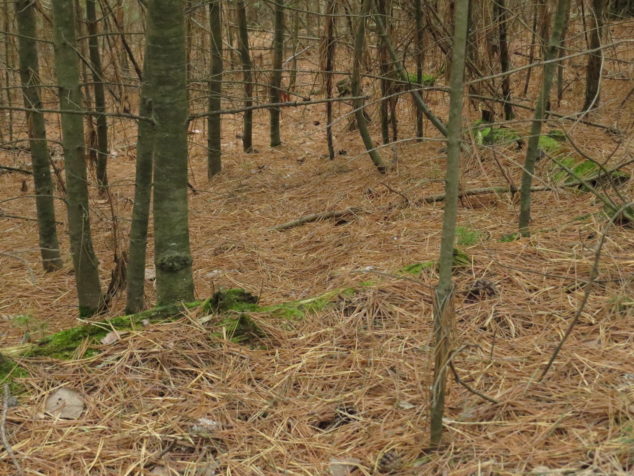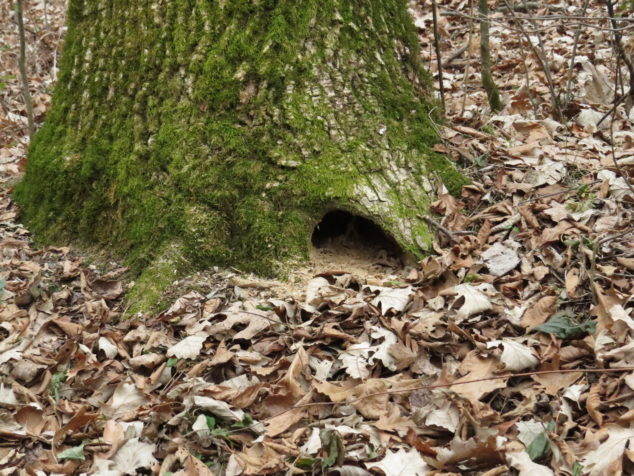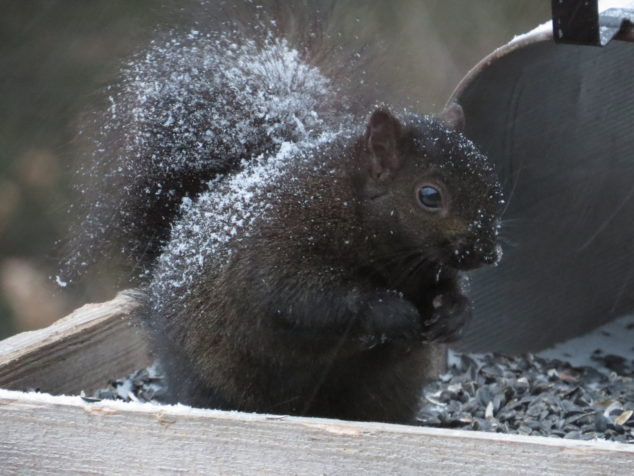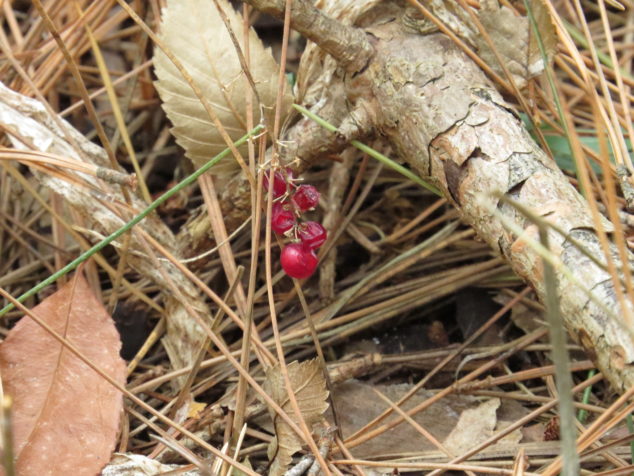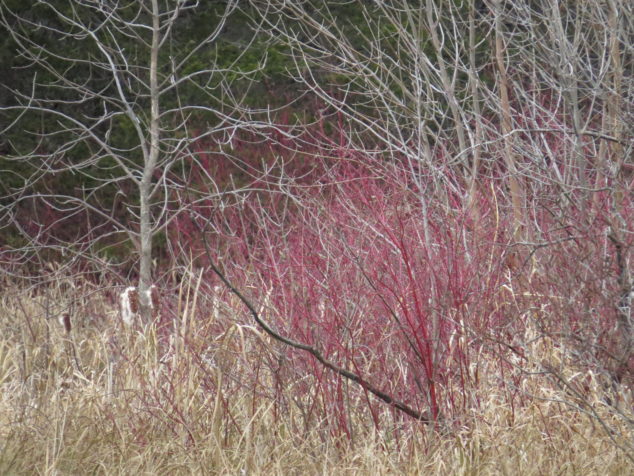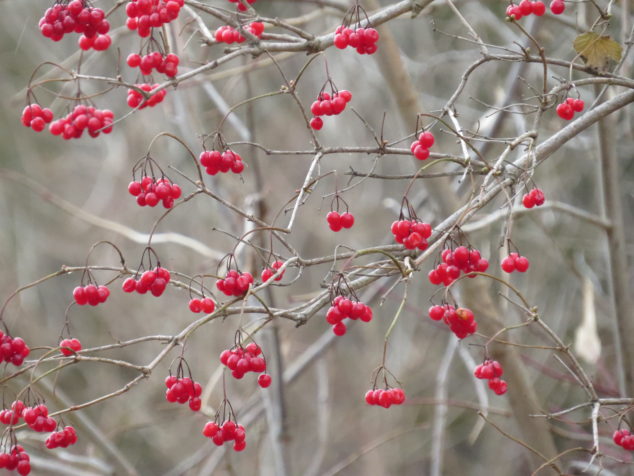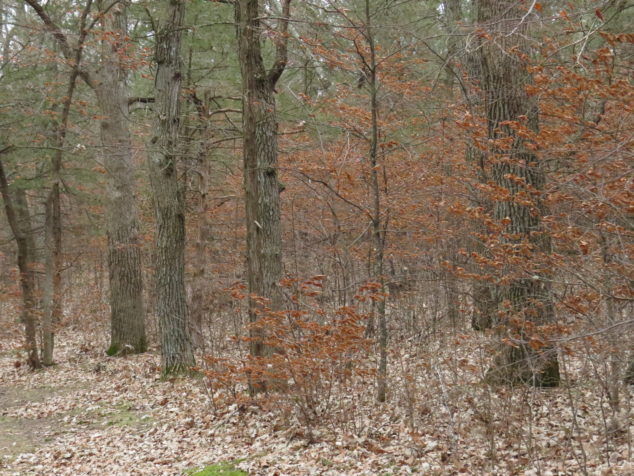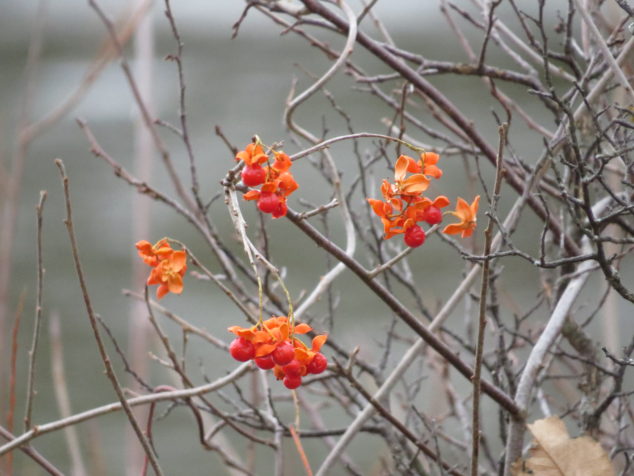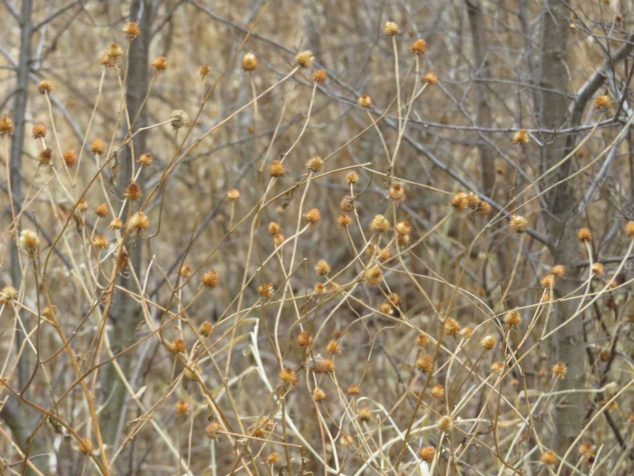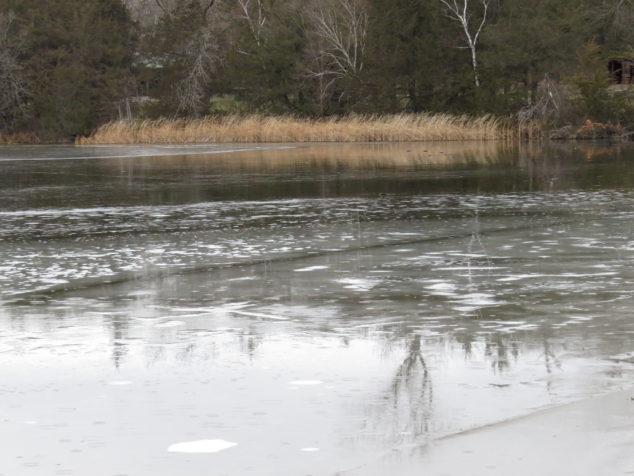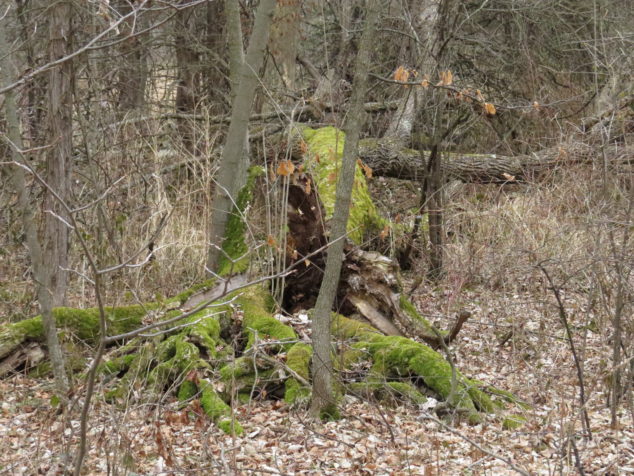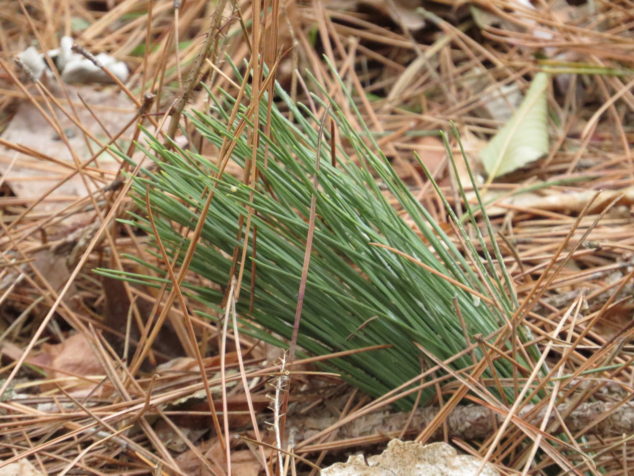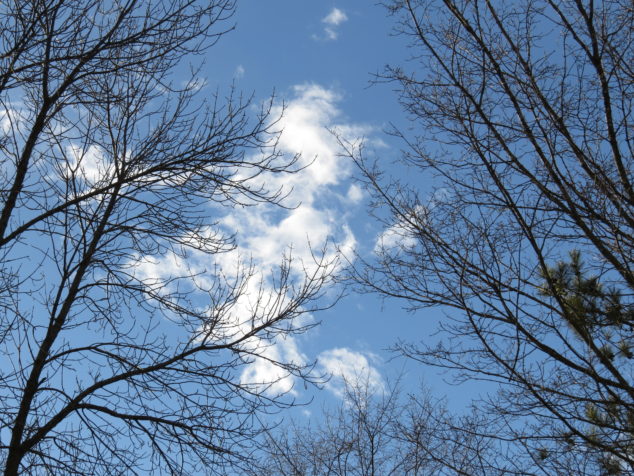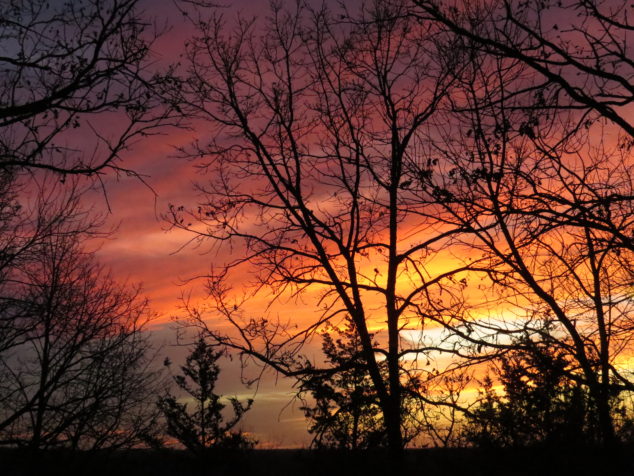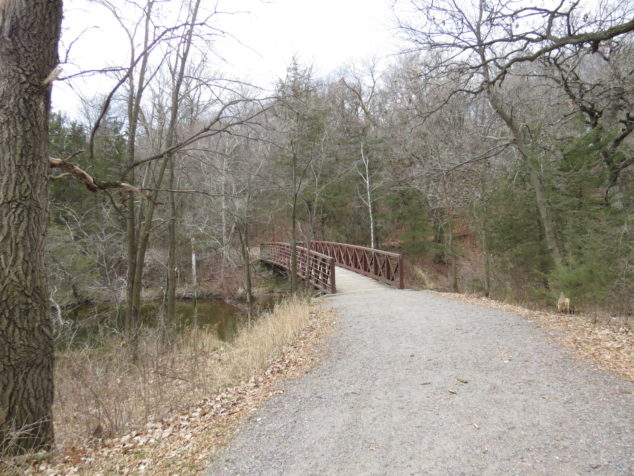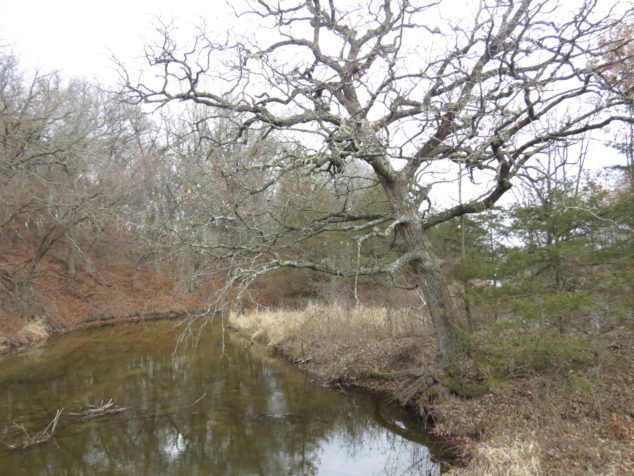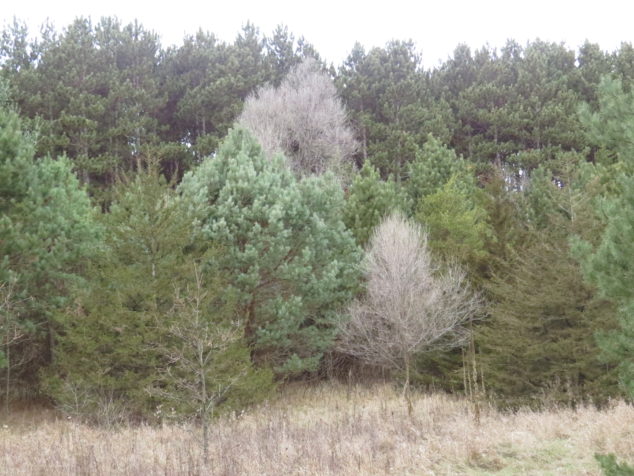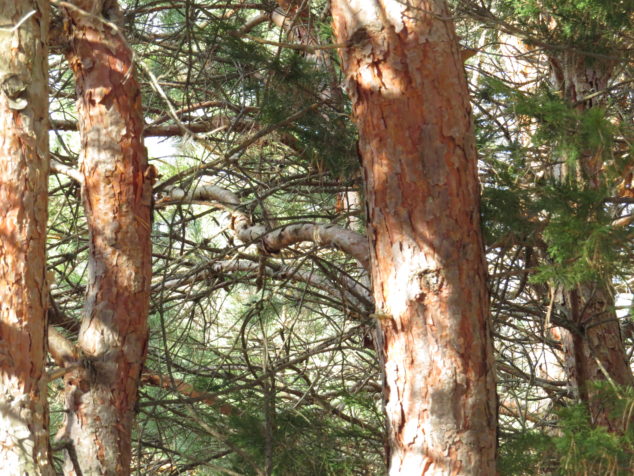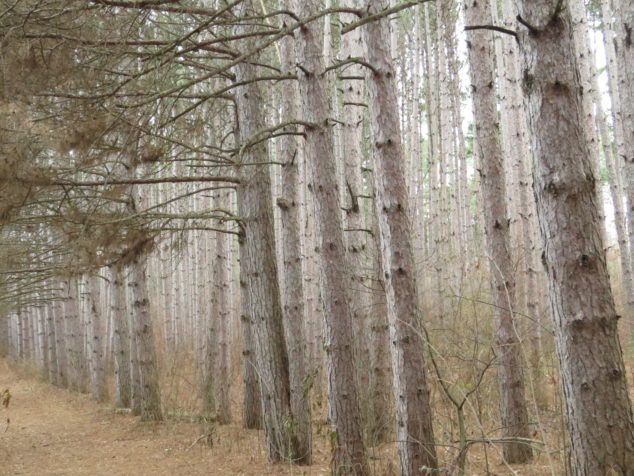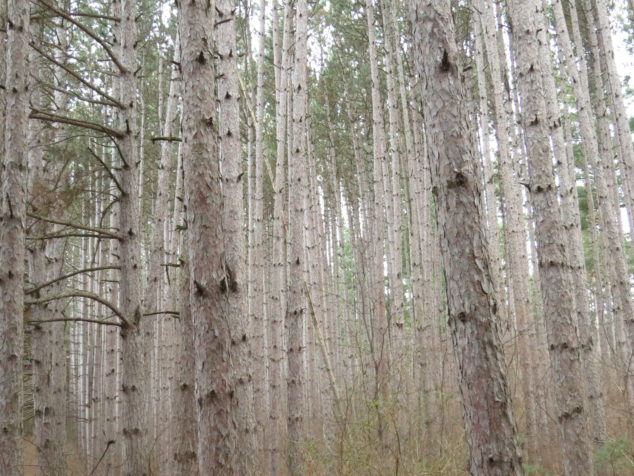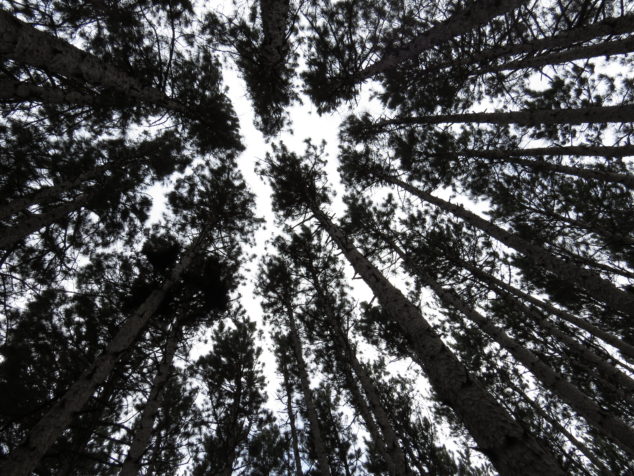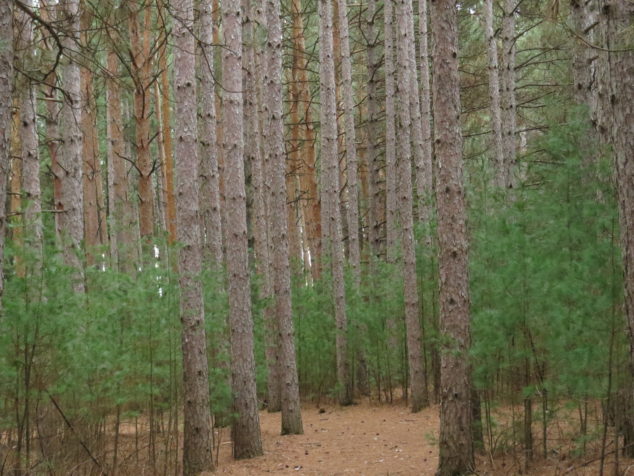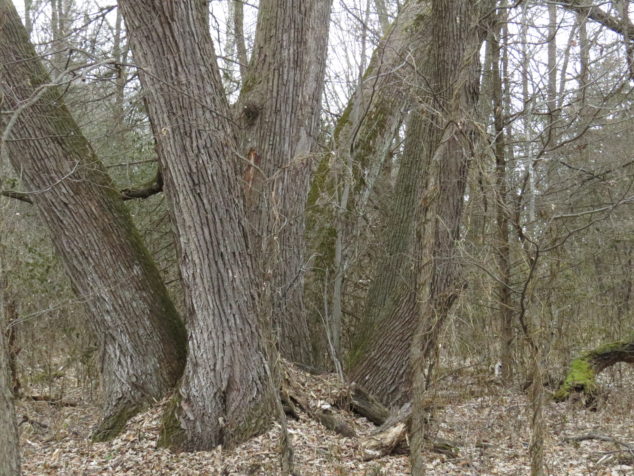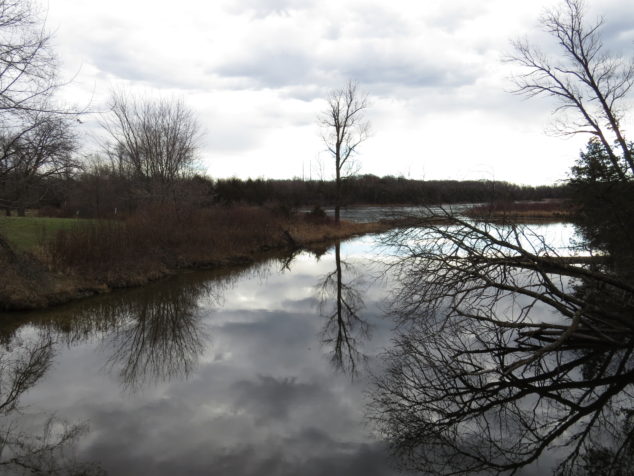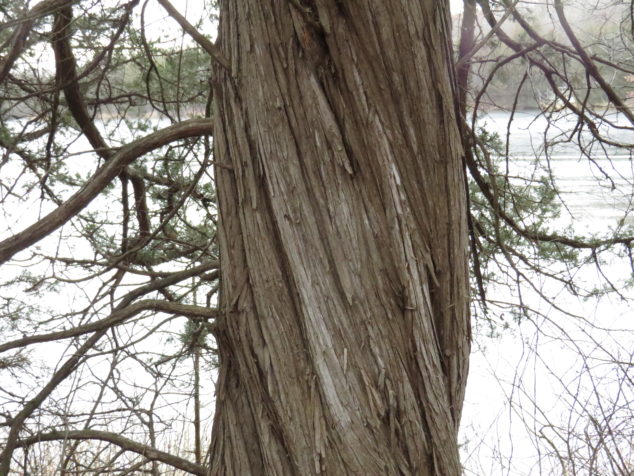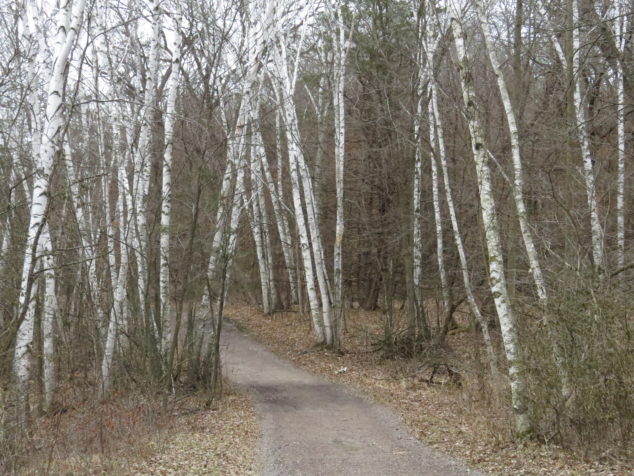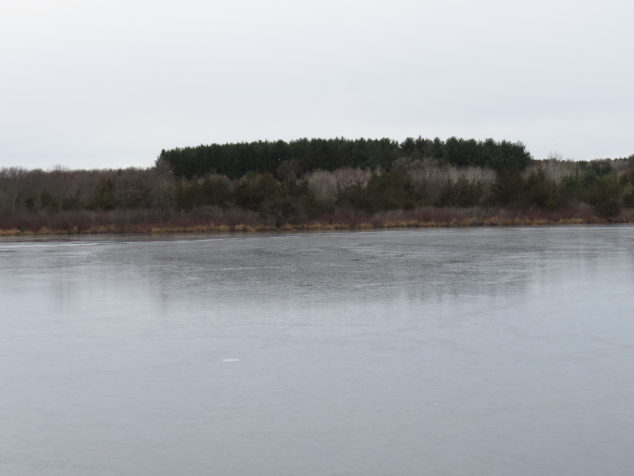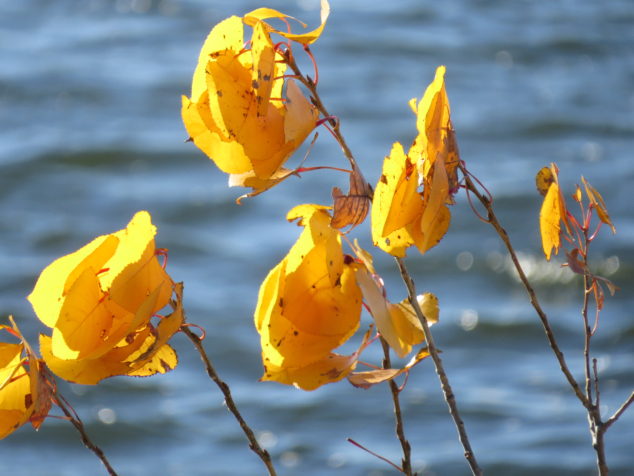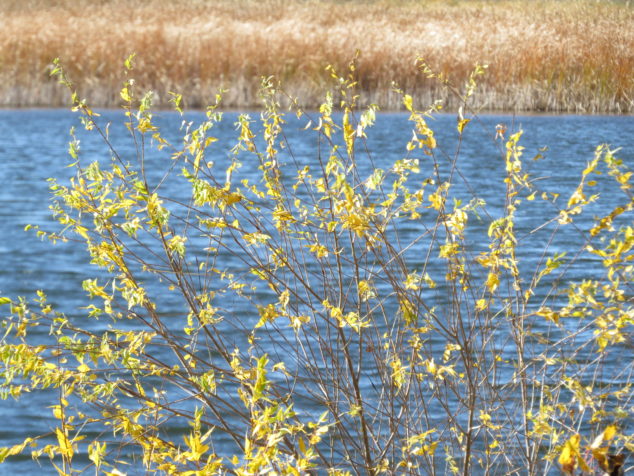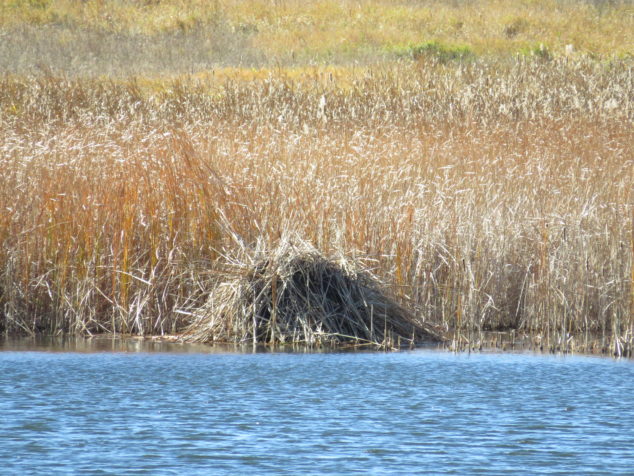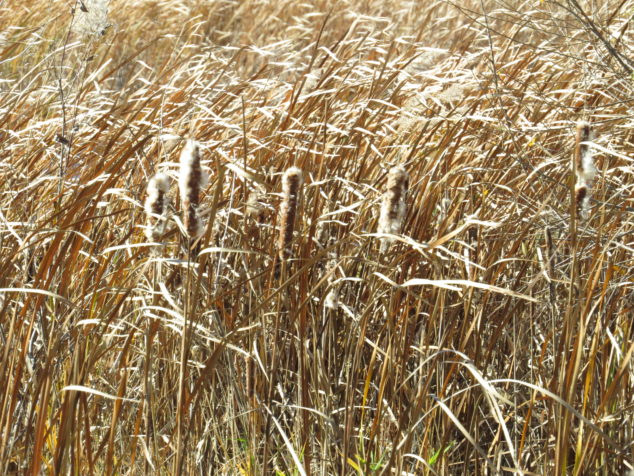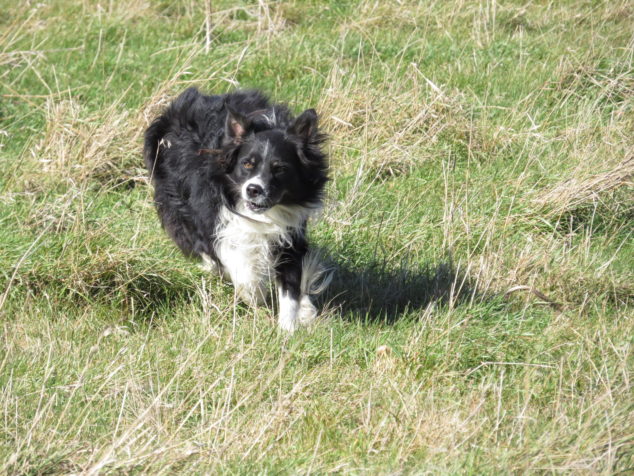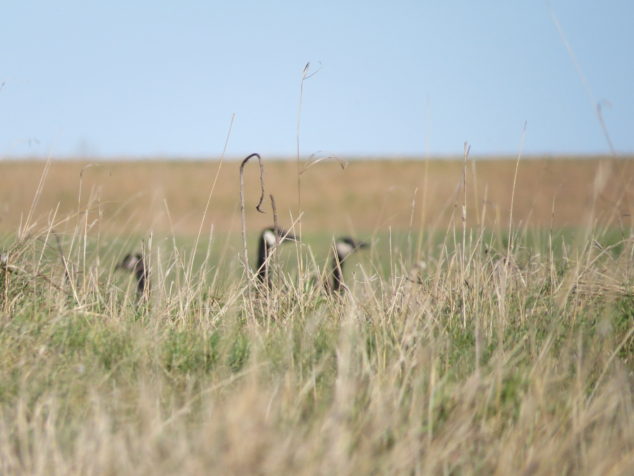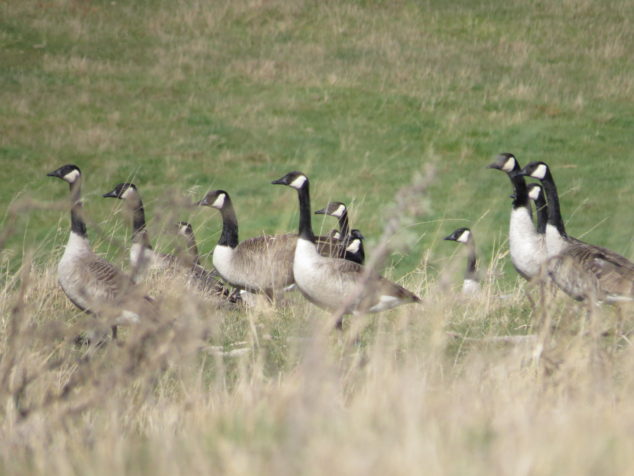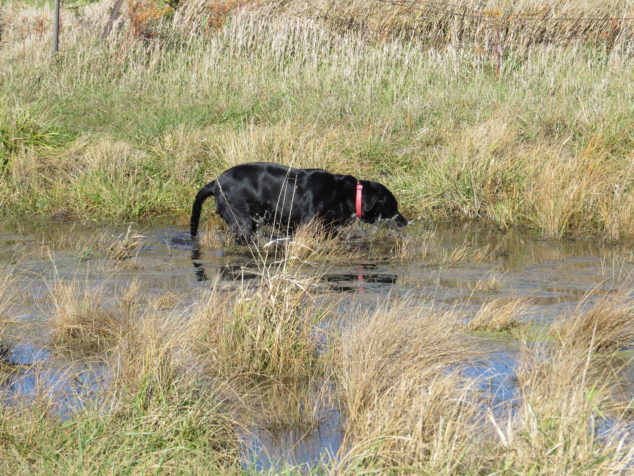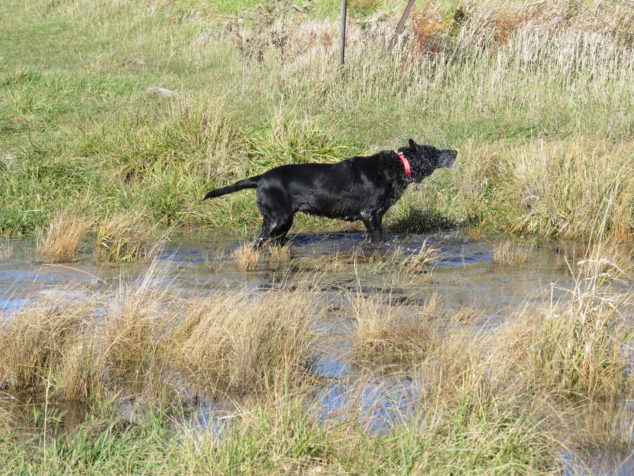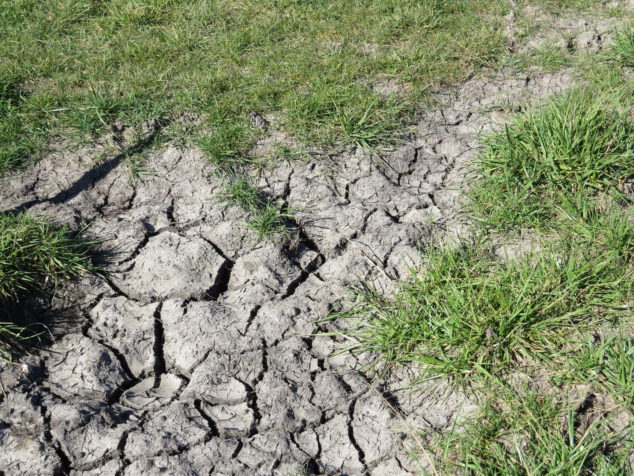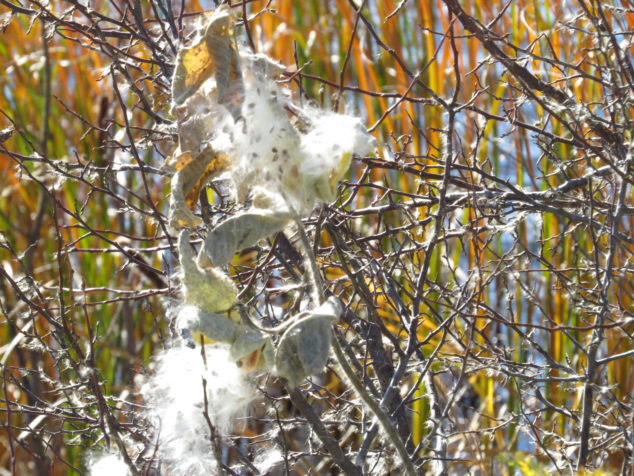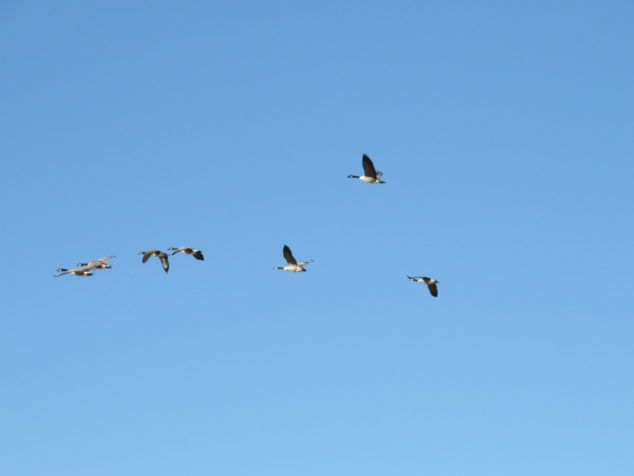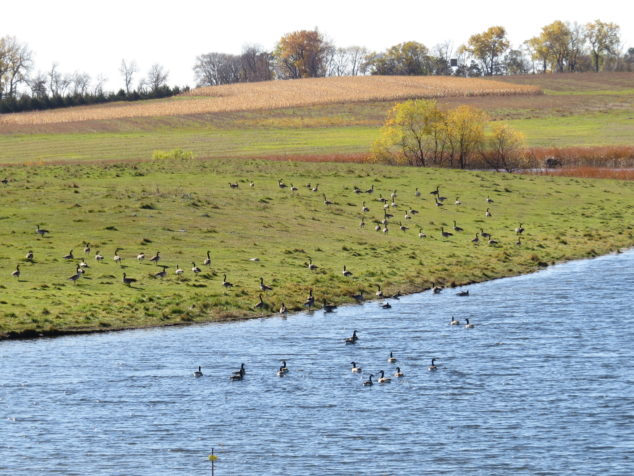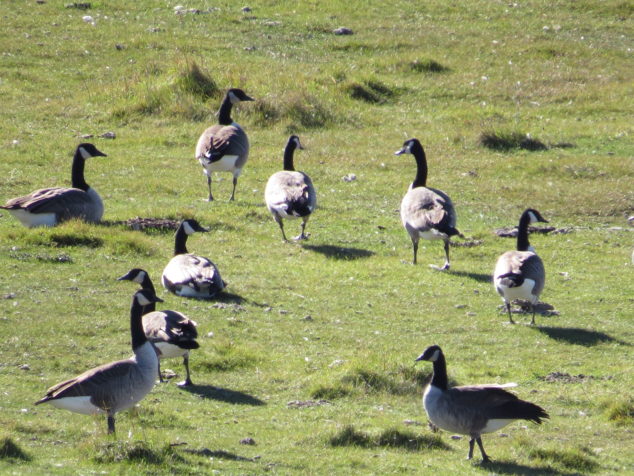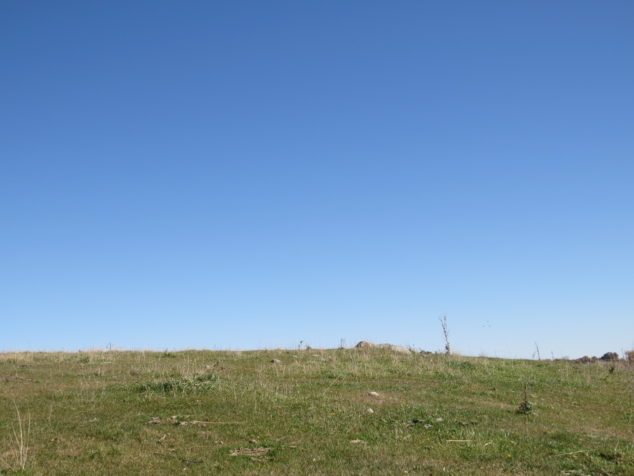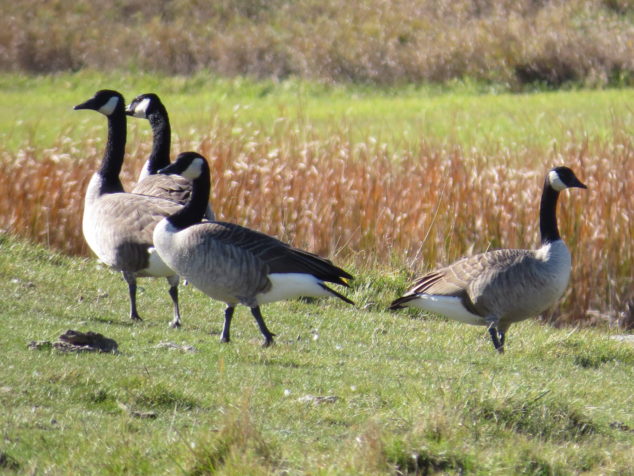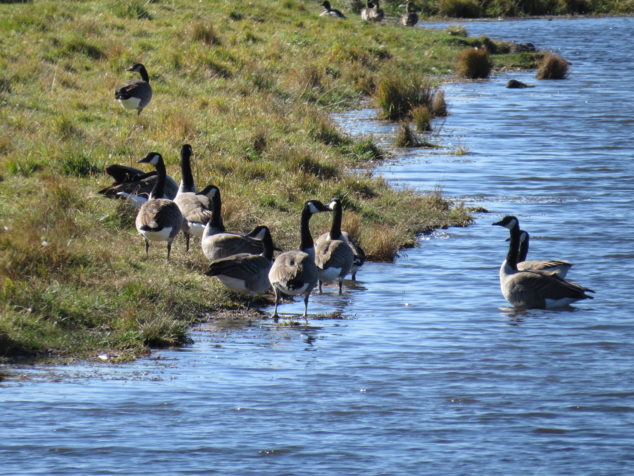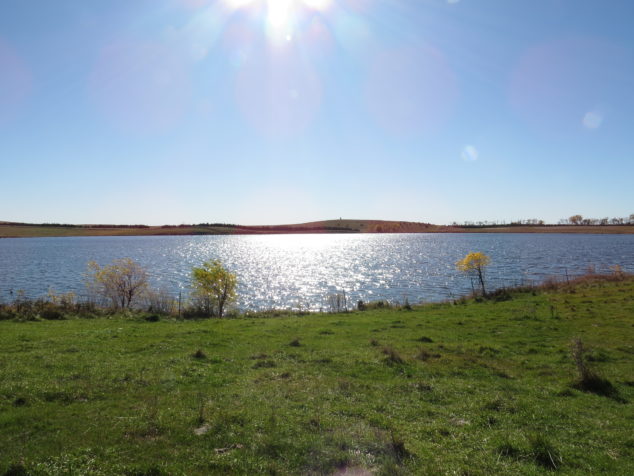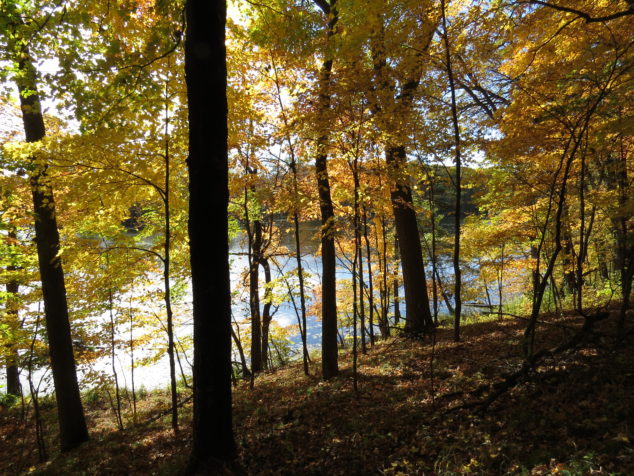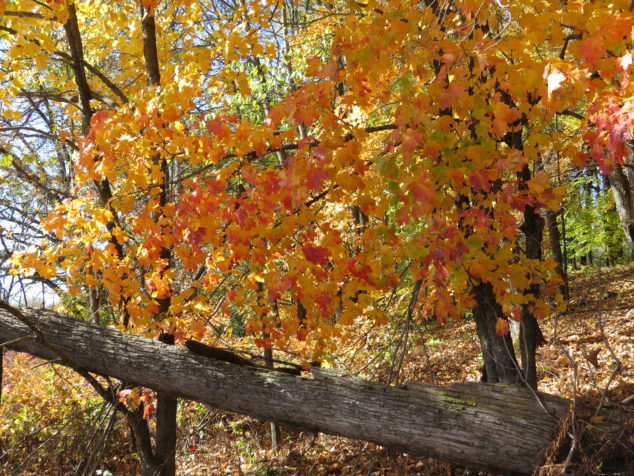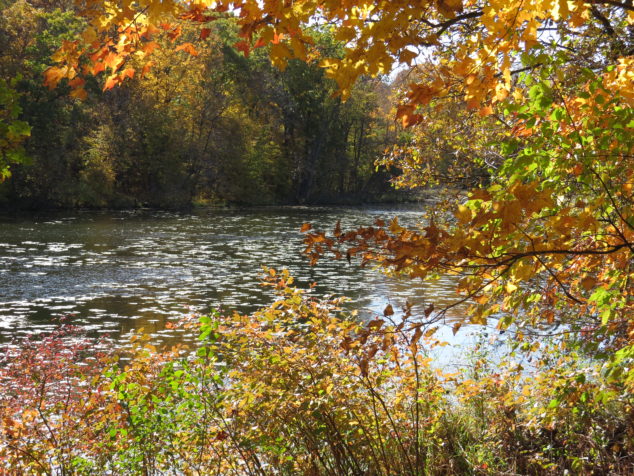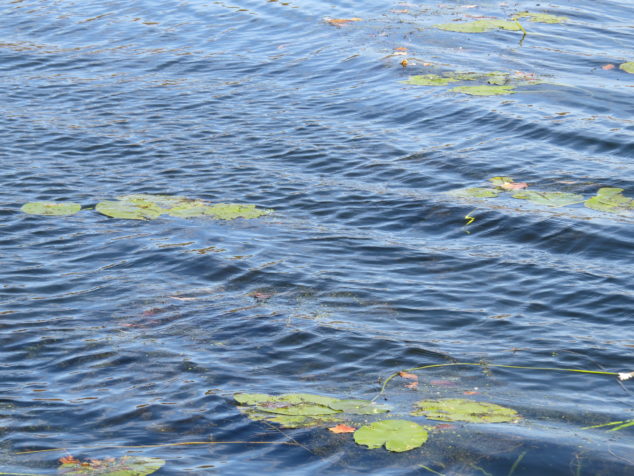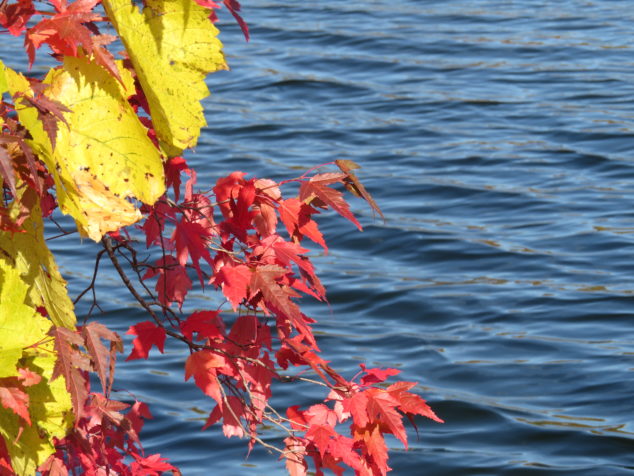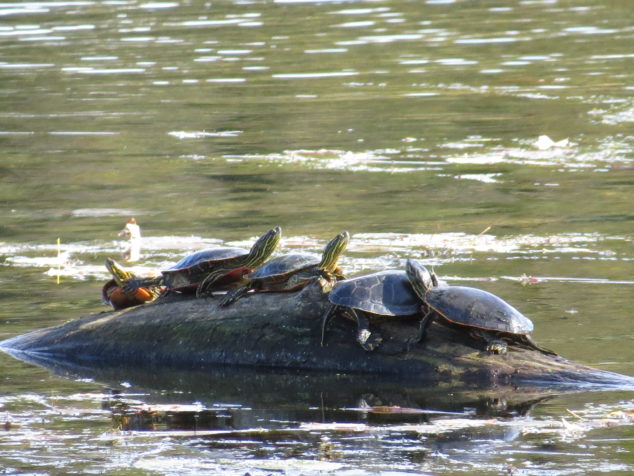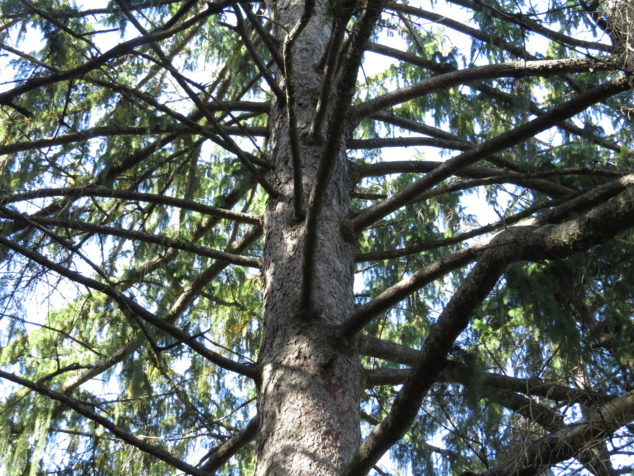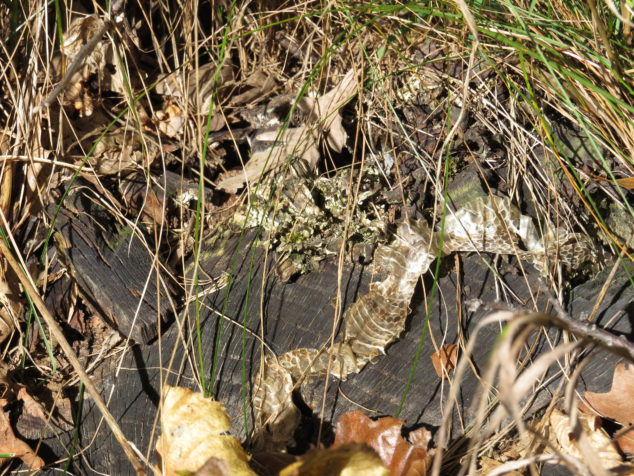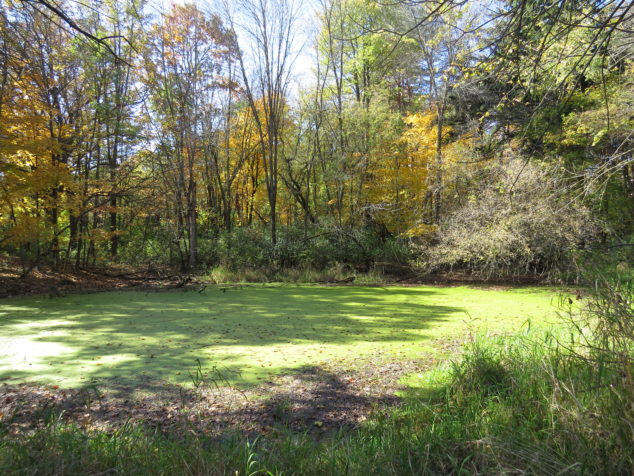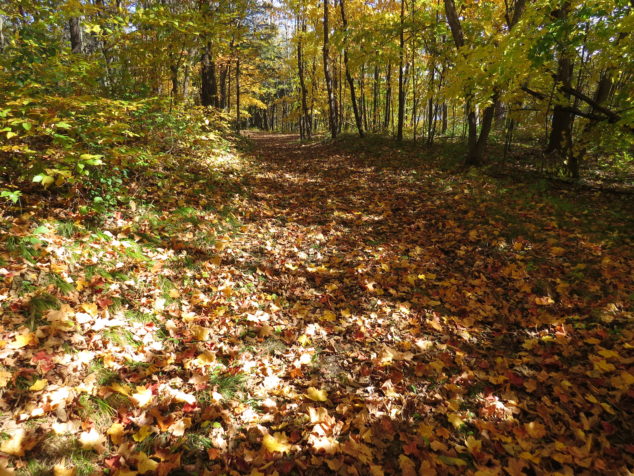“I looked on child rearing not only as a work of love and duty but as a profession that was fully as interesting and challenging as any honorable profession in the world and one that demanded the best that I could bring to it.” –Rose Kennedy
I don’t think I’ve ever run across a quote that so closely aligns with the way I felt about raising our three children. I had worked in the profession of child care for four years before having our first child, and it was a joy to provide care, structure, learning activities, and fun to the children at the YWCA. However, deep dissatisfaction crept into my soul when I was leaving my baby with another woman while caring for many other’s children—not because of the work I was doing, but because of the time of not being with my own. It was only another year or so before we made the decision for me to stay home. We had another baby on the way by then, and I was happy to provide care to another little girl full-time and to a few others on a part-time basis. How I loved our days together! I set up learning stations in our old house where messy art projects trumped new floor coverings and reading books and playing outside were more important than how things looked or how much money we had. It was a time of joy for me!
We were fortunate to spend time on Goodners Lake this weekend with our good friends Rick and Lynda. The lake is always beautiful but seemed particularly so after a week with nourishing rains and abundant sunshine.
The resident Loon pair had returned to Goodners Lake in late April, made a nest among the cattails, and hatched out one baby Loon. Even swimming among the boaters, it was evident that the Lake belonged to the Loons.
What was also evident to me is how dedicated and attentive the Loon parents are to their offspring. When the chicks are very young, they can swim but will climb onto their parent’s back to ride and rest. This chick still has its downy feathers but will have its adult voice and be fully feathered by two months old.
The chick mirrors the parents’ actions of peering under the water with their excellent underwater vision to find fish to eat, to preen and clean their feathers, and to rear up out of the water and flap their wings in a territorial display.
The parents will continue to protect and teach their young one until he can capture all his own food and become a strong flyer. In Autumn, the parents leave the lake to migrate south. The young ones will gather and migrate together a few weeks later. The following April, the parents will return to the Lake to begin another season of raising young ones.
Loons, Eagles, Bluebirds, and others are dedicated, hard-working parents. One only needs to watch how they work to build a nest, how they protect their young, how long and hard they work to provide food for them, and how they teach them to do what’s necessary to become full-fledged adults. Parenting in the animal and the human world is hard work, and as John Steinbeck understated, “Perhaps it takes courage to raise children.” Courage indeed, along with a whole host of other noble and life-affirming traits. Parenting is a work of love and duty, a full-time, honorable position whether you are home with your kids all day or you return after working elsewhere to build the nest and give them the wings to fly. Regardless, I hope you bring your best and make it a time of joy!
